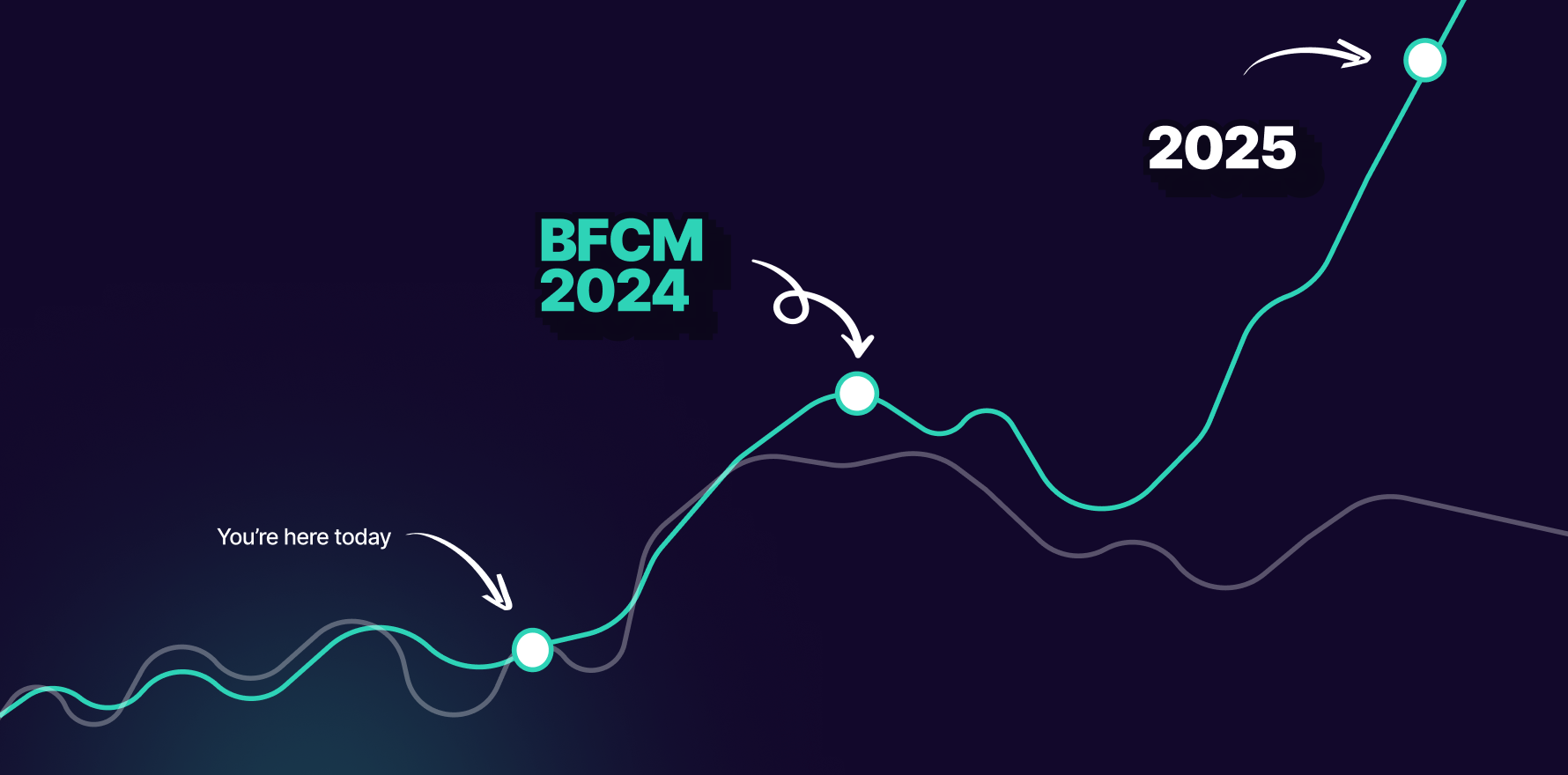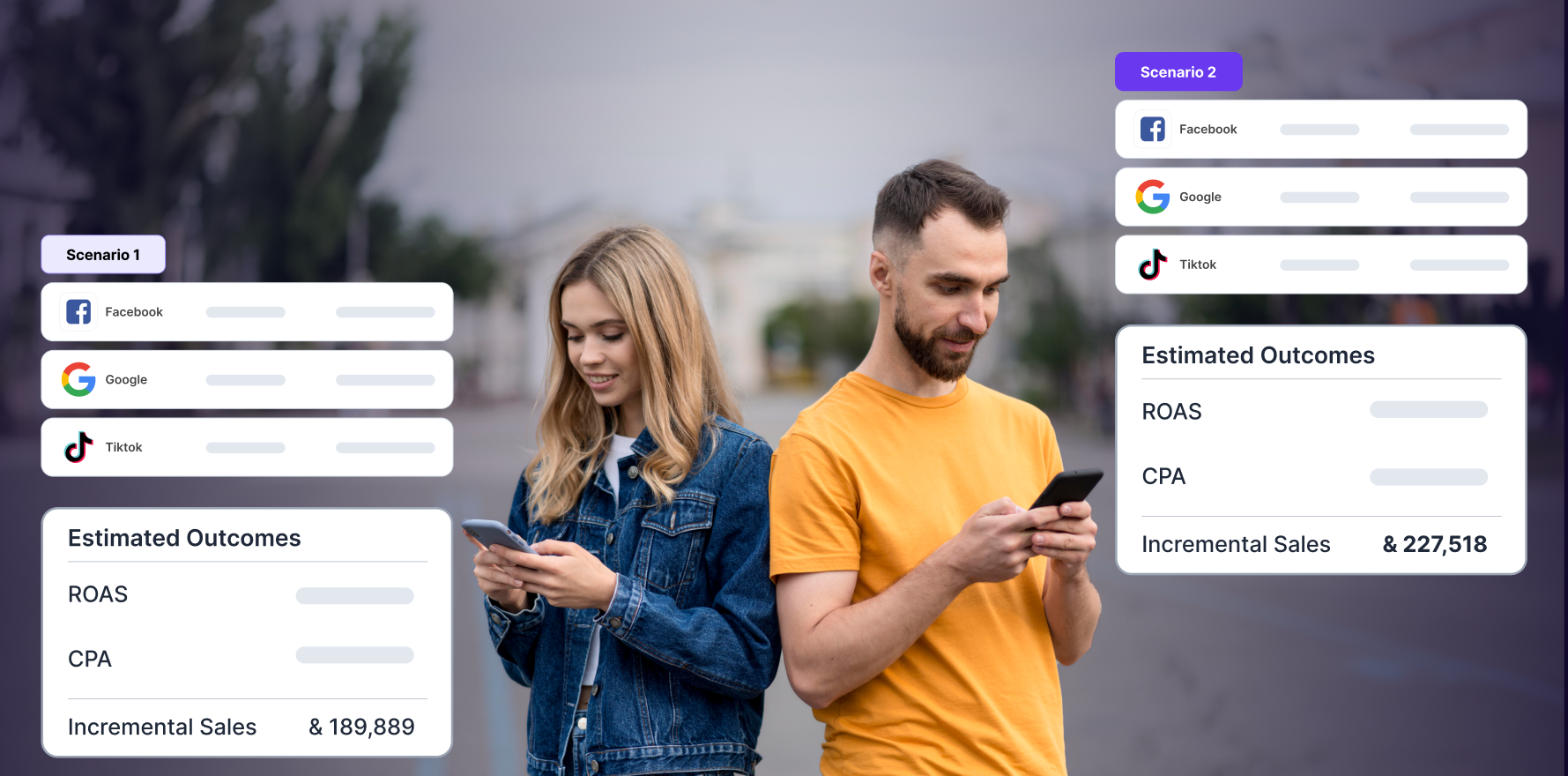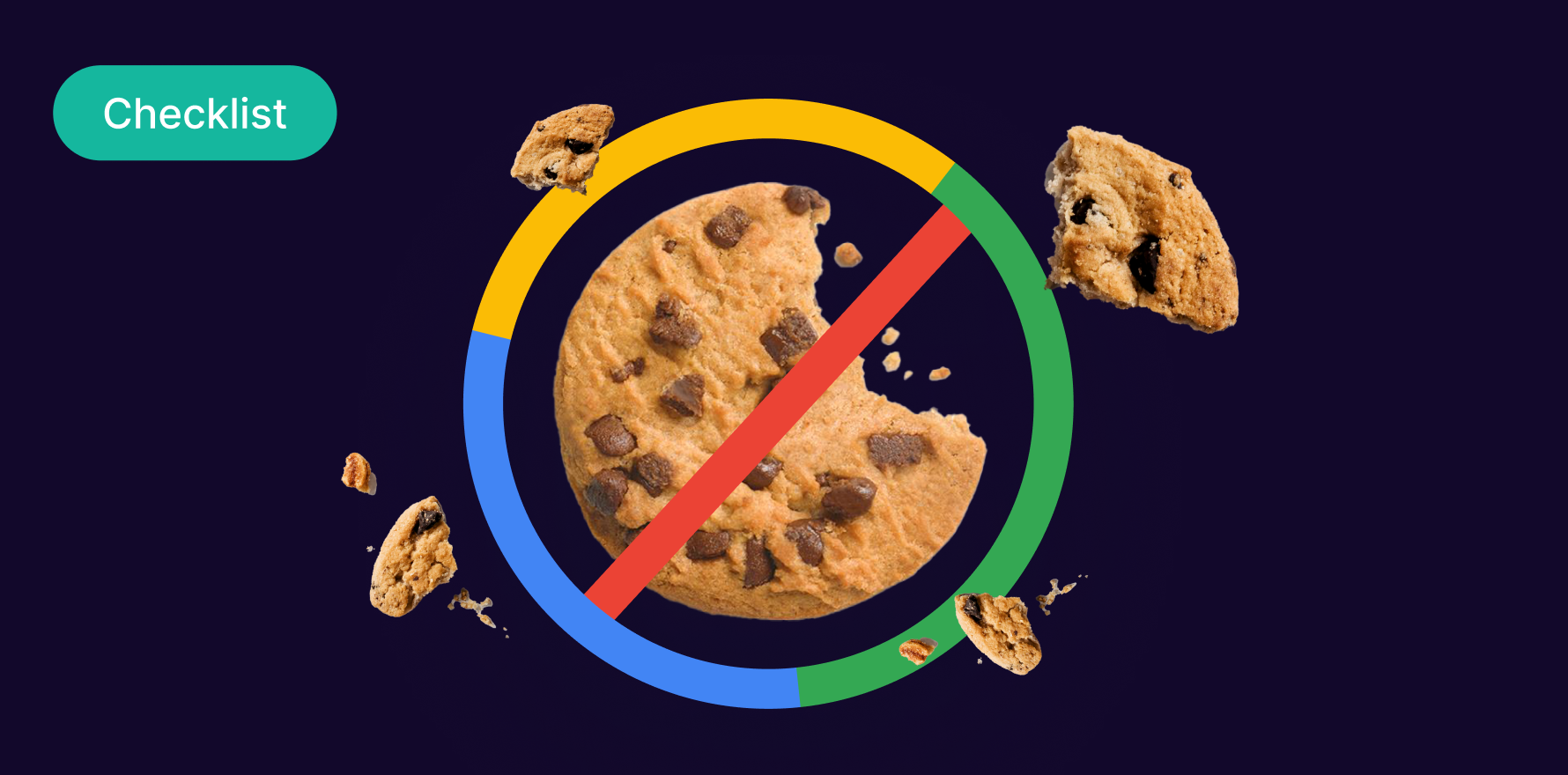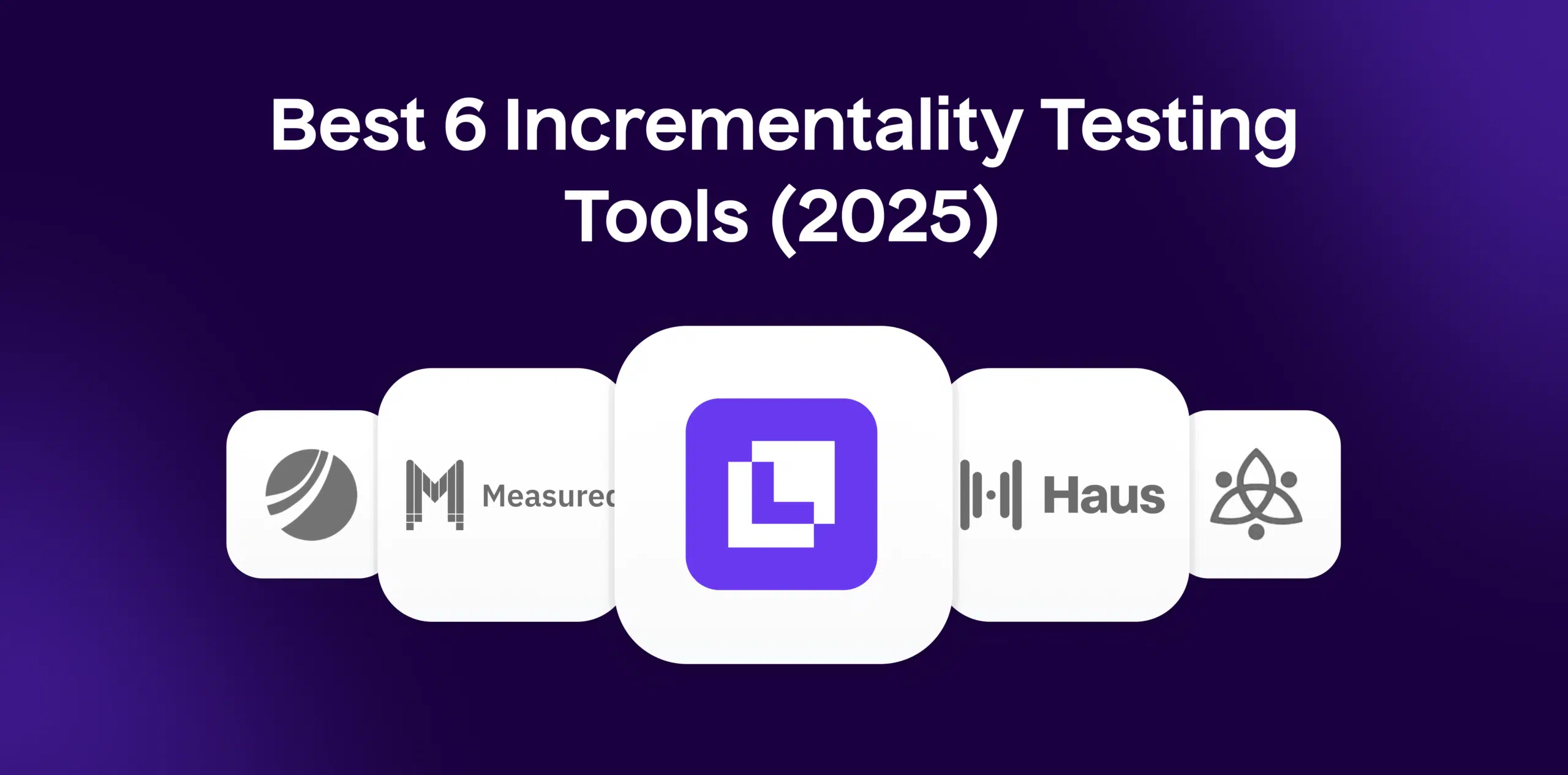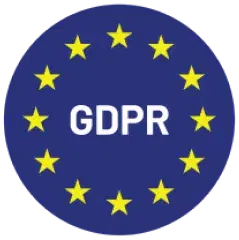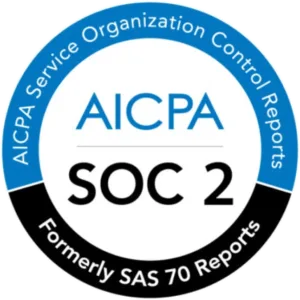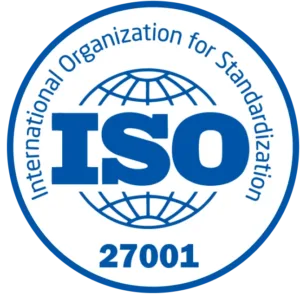What is Time-Decay Attribution?
Time-decay attribution, as one of the popular models in digital marketing, mainly focuses on the significance of time in shaping customer conversion journey. It challenges the standard ‘last touch’ model by considering all touchpoints a customer encounters before making a decision but assigns more significance to the most recent ones, reflecting that those interactions are most influential in customer’s decision. It portrays the funnel in a way that reflects the customer’s journey realistically and provides crucial data on which marketing efforts are most impactful.
Formula
Example
Imagine a customer journey as follows – email click > read a blog > clicked on ad > purchased. In time-decay attribution, while all these channels will get credit, the “clicked on ad” touchpoint will receive the most due to its closeness to the conversion event.
Why is Time-Decay Attribution important?
It’s essential because it provides a more accurate measure of the effectiveness of various marketing channels and campaigns. It helps to ensure that a fair and accurate amount of credit goes to different channels according to their influence over the buying process, thus enabling a clearer understanding of which strategies are driving results.
Which factors impact Time-Decay Attribution?
Improving time-decay attribution revolves around refining the touchpoints and improving the later stage customer interactions. Utilizing unique CTAs, personalized content, web retargeting, and focusing on customer engagement can uplift the impact of the touchpoints closer to conversion.
How can Time-Decay Attribution be improved?
Prolonged sales cycle, increased number of touchpoints, and the strength of your late-stage marketing initiatives can impact the effectiveness of time-decay attribution.
What is Time-Decay Attribution’s relationship with other metrics?
With a multi-touch approach, Time-decay attribution directly affects metrics like Customer Acquisition Cost (CAC), Customer Lifetime Value (CLV), and Return on Ad Spend (ROAS). By providing insights into the effectiveness of multiple channels, it helps to optimize these metrics for the betterment of the overall marketing strategy.
Free essential resources for success
Discover more from Lifesight

